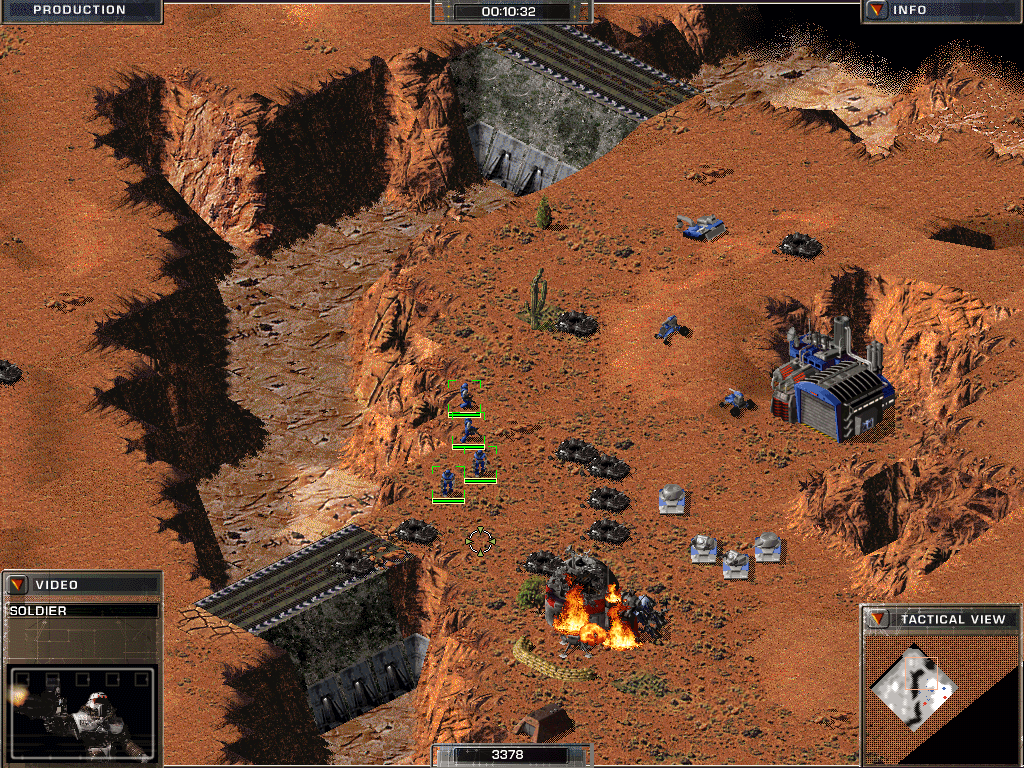



Regardless of which faction you choose, enemies start to attack very quickly right from the start of the game, so you have to move fast. This operation was automatic in Command & Conquer. The problem stems from the fact that you must repair vehicles manually during the heat of battle by clicking on the repair vehicle, then the unit to be fixed. The best strategic approach is to send units to both bridges and attack from both sides. The base has a war factory and more troops, and the only exit is via two narrow bridges which you can't destroy because you're outnumbered. For example, in the second United Continent of America mission, you're given a small fleet of troops to take over a base in the sector. Though not technically advanced, Mayday: Conflict Earth can prove more difficult than similar RTS games because scenarios require more planning than full-out attack. This frustration is similar to the issue in Command & Conquer, with the exception that only engineers could do so in that game.

In fact, buildings have a sort of revolving door policy any type of unit, yours or the enemy, can occupy them only to be rousted immediately. The focus is on defense and offense, not earning money for refining minerals or construction. Video briefings are different, but the actual fighting and units are the same for each faction. Units appear almost plastic in nature, but all serve the same purpose, namely, crushing the enemy. Later on in the game, you get better units given to you slowly over time, without any research on your part. Unfortunately, the missions are practically identical since there is only one objective - kill. World War III has broken out and you must choose to support one of three factions, each with a few different sounds and units. Mayday: Conflict Earth reverses the trend with nearly cartoon-like graphics, small resolution, and gameplay that predates the Command & Conquer series. Each new RTS war game seems to try and top prior models in graphics and 3D realism.


 0 kommentar(er)
0 kommentar(er)
